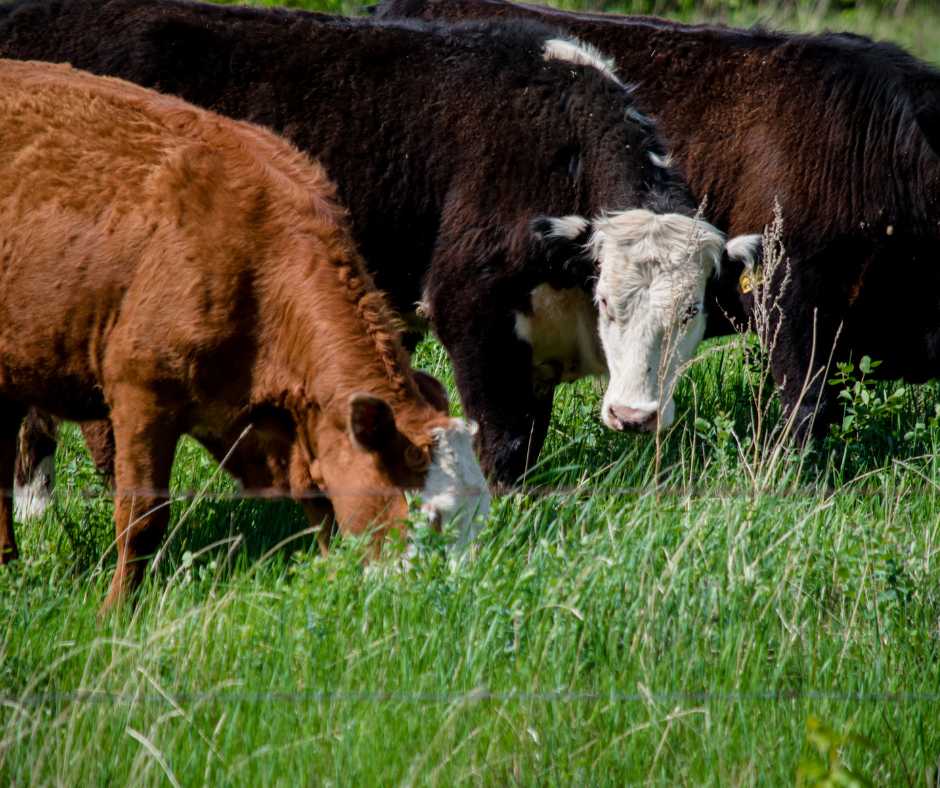Grass Tetany in Cattle
go.ncsu.edu/readext?922264
en Español / em Português
El inglés es el idioma de control de esta página. En la medida en que haya algún conflicto entre la traducción al inglés y la traducción, el inglés prevalece.
Al hacer clic en el enlace de traducción se activa un servicio de traducción gratuito para convertir la página al español. Al igual que con cualquier traducción por Internet, la conversión no es sensible al contexto y puede que no traduzca el texto en su significado original. NC State Extension no garantiza la exactitud del texto traducido. Por favor, tenga en cuenta que algunas aplicaciones y/o servicios pueden no funcionar como se espera cuando se traducen.
Português
Inglês é o idioma de controle desta página. Na medida que haja algum conflito entre o texto original em Inglês e a tradução, o Inglês prevalece.
Ao clicar no link de tradução, um serviço gratuito de tradução será ativado para converter a página para o Português. Como em qualquer tradução pela internet, a conversão não é sensivel ao contexto e pode não ocorrer a tradução para o significado orginal. O serviço de Extensão da Carolina do Norte (NC State Extension) não garante a exatidão do texto traduzido. Por favor, observe que algumas funções ou serviços podem não funcionar como esperado após a tradução.
English
English is the controlling language of this page. To the extent there is any conflict between the English text and the translation, English controls.
Clicking on the translation link activates a free translation service to convert the page to Spanish. As with any Internet translation, the conversion is not context-sensitive and may not translate the text to its original meaning. NC State Extension does not guarantee the accuracy of the translated text. Please note that some applications and/or services may not function as expected when translated.
Collapse ▲ With spring weather comes new grass growth and along with it the potential for grass tetany for cattle. Also called ‘grass staggers’ this condition is caused by a magnesium deficiency. This deficiency can be caused by a diet low in magnesium or a disruption in the body’s ability to process magnesium. It is most often seen in the spring when the grass is rapidly growing. Fresh, immature forages are lower in magnesium and higher in nitrogen and potassium, which can interfere with magnesium absorption in the rumen. Additionally, spring grass has a high water content which can dilute the nutrient content of the forage. Older animals and animals in early lactation also have higher magnesium requirements and are more susceptible to grass tetany.
With spring weather comes new grass growth and along with it the potential for grass tetany for cattle. Also called ‘grass staggers’ this condition is caused by a magnesium deficiency. This deficiency can be caused by a diet low in magnesium or a disruption in the body’s ability to process magnesium. It is most often seen in the spring when the grass is rapidly growing. Fresh, immature forages are lower in magnesium and higher in nitrogen and potassium, which can interfere with magnesium absorption in the rumen. Additionally, spring grass has a high water content which can dilute the nutrient content of the forage. Older animals and animals in early lactation also have higher magnesium requirements and are more susceptible to grass tetany.
Symptoms are often not noticed until the animal is found dead in the pasture. Since this condition affects the nervous system, signs to be on the lookout for include standing away from the herd, a wild stare with alert ears, twitching, incoordination and staggering, followed by collapse, coma, and death. Treatment is only effective in the early stages, within an hour or two of first noticing symptoms. By the time the animal has reached a coma it is typically too late to save them. Treatment usually includes giving an injection of magnesium.
Prevention is the best way to handle grass tetany. Wait to graze pastures until forage height is at least 4-6 inches. Younger more immature forages have less magnesium. Turn out your less susceptible animals, such as stockers, dry cows, and heifers, on higher risk pastures. You can include legumes in your fields such as clover. Legumes have higher magnesium content and can help mitigate grass tetany. Finally, you can offer your herd magnesium supplements during higher risk periods. Magnesium is not stored in the body, so supplementation must be done daily before and during periods of high risk. You can offer magnesium oxide, which is a good source of magnesium. However, it is unpalatable so mix it with something more palatable to encourage consumption. Another option is to offer a ‘high mag’ mineral free choice.
Grass tetany is considered an emergency and requires immediate medical attention. Prevention is better for your herd than waiting until they need treatment. Be aware of what causes grass tetany and be ready to supplement your herd during periods of higher risk.




